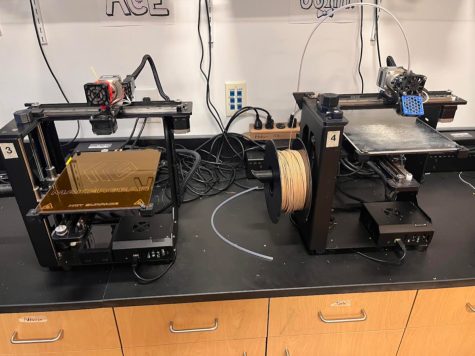Sanders v. Buttigieg
On the night of Feb. 3, the long established tradition of the Iowa Caucuses was rife with controversy. Unprecedentedly, there was no clear victor in the eight-candidate race. The Democratic Party came to a grinding halt. While Pete Buttigieg, former mayor of South Bend, Ind., originally claimed victory on Monday night, it is now unclear who truly captured the majority of votes.
According to the New York Times, Senator Bernie Sanders is now declaring dominance in the polls, “cit[ing] his lead in other, raw numbers that are effectively an expression of the popular vote in Iowa.”
Now, let’s take a step back. Those with a minimal interest in or flagrant dislike of politics might not comprehend exactly what happens at those voting booths in Iowa.
At more than 1,600 caucus sites, precinct captains from each campaign waited with signs, demonstrating where supporters of each campaign should congregate. As Iowa residents arrived, they signed in and were given a card indicating their candidate preference. These mementos also serve to tally the number of citizens in attendance. After registration, voters surrounded the campaign worker representing their first choice. Then, the caucus chairman and volunteers count the number of supporters each politician received.
Those who received at least 15 percent of the caucus were considered viable. Supporters of nonviable candidates were then allowed to make a different choice. Once the second round of decision-making was complete, the chairman announced the results and the number of delegates received by each viable candidate were allocated.
While cumulatiating and tabulating every vote takes a considerable amount of time, the Democratic National Committee (often abbreviated as DNC) believes that 99 percent of precincts have now reported results. After the other results were announced, Buttigieg and Sanders are separated by less than one-tenth of a percentage point. With Buttigeg standing strong at 26.2 percent and 564 state delegate equivalents (also known as S.D.E.s) and Sanders trailing close behind at 26.1 with 562 S.D.E.s, a victor cannot be determined.
Results from the 2020 caucuses were delayed by quality control issues which have yet to be resolved. According to an analysis completed by the New York Times, “more than 100 precincts reported results that were internally inconsistent, that were missing data or that were not possible under the complex rules of the Iowa caucuses.”
Democrats are tired of the inconsistencies. DNC chairman Tom Perez even tweeted his belief that “enough is enough,” calling for the Democratic Party to “immediately begin a recanvas,” clarifying later that he only meant certain precincts. Despite the confusion, Democratic presidential candidates are now on the road, continuing campaigning after the New Hampshire Primary on Feb. 11.










